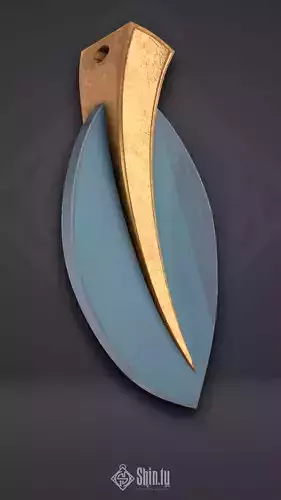1/7
Medieval-Style Jewelry: A Journey Through Time
Medieval jewelry was more than just adornment; it was a window into the times, reflecting the wealth, social status, and beliefs of its wearers. A journey through history reveals a fascinating variety of styles, materials, and symbolism.
Materials and Techniques:
Precious metals such as gold and silver reigned supreme, combined with gemstones such as rubies, sapphires, and emeralds. Enamel, niello, and pearls were also used to create unique pieces. Filigree, granulation, and cloisonné techniques added details and textures.
Styles and Periods:
Early Middle Ages (5th-10th centuries): Influenced by Byzantine and Germanic art, characterized by geometric designs, cloisonné, and cabochon-cut stones.Romanesque (11th-12th centuries): Predominant use of vegetal forms, animals, and religious motifs. Rings with high settings and pectoral crosses become popular.Gothic (13th-15th centuries): Elegance and luxury define this period. Faceted stones, translucent enamel, and filigree are introduced.
Symbolism:
Jewelry was not only beautiful but also conveyed messages. Gemstones were believed to have healing or magical properties. Animals and religious symbols represented protection, faith, and devotion.
Emblematic Jewelry:
Rings: Symbols of power, commitment, and status. Used with seals to authenticate documents.Necklaces: Indicated wealth and could have amulets or religious pendants.Earrings: Popular among women, reflected social class and could have elaborate designs.Brooches: Fastened cloaks and could have decorative or religious motifs.
Relevance Today:
Medieval jewelry inspires contemporary artists and designers. Its timeless aesthetic and symbolism continue to fascinate. Medieval jewelry transports us to a time of knights, kings, and legends. Its beauty and symbolism endure, reminding us of the cultural and artistic richness of a fascinating past.
REVIEWS & COMMENTS
accuracy, and usability.







